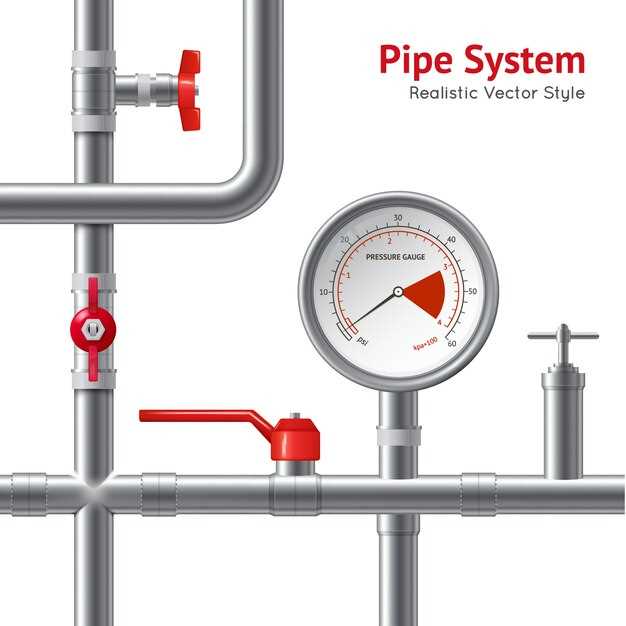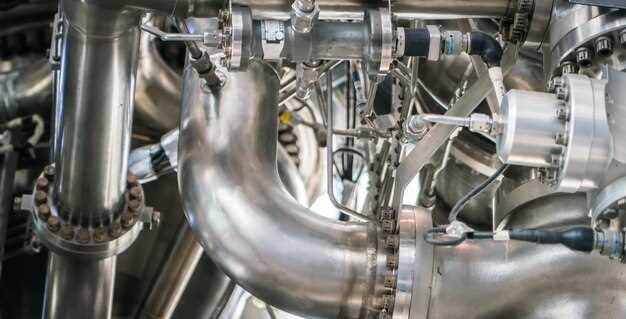
In the realm of hydraulic systems, the functionality and reliability of proportioning valves play a crucial role in maintaining optimal pressure and flow rates. These specialized components are designed to regulate the distribution of hydraulic fluid, ensuring that systems operate efficiently and effectively. As industries increasingly rely on automation and advanced machinery, understanding the intricacies of proportioning valves becomes essential for engineers and technicians alike.
Proportioning valves serve multiple purposes, primarily focusing on adjusting pressure differentials between various sections of hydraulic circuits. By controlling the flow of fluid based on specific operational requirements, these valves enhance system performance and contribute to the longevity of equipment. Their ability to respond dynamically to changing conditions underscores their importance in modern hydraulic applications.
Moreover, the significance of proportioning valves extends beyond simple fluid management. They are vital in applications where safety and reliability are paramount, such as in automotive brake systems and industrial machinery. By ensuring that fluid pressure is appropriately distributed, proportioning valves help prevent critical system failures, promoting safety and operational integrity.
How Proportioning Valves Optimize Fluid Distribution in Hydraulic Systems

Proportioning valves play a crucial role in hydraulic systems by regulating the flow of hydraulic fluid to various components. Their primary function is to ensure optimal distribution of fluid, which is vital for maintaining system efficiency and performance.
One of the key advantages of proportioning valves is their ability to maintain consistent pressure across different hydraulic circuits. This is achieved through a mechanism that adjusts the flow rate based on demand. For example, in systems where multiple actuators operate simultaneously, the valve can reduce flow to less critical components while prioritizing those requiring higher force, thus promoting balanced operation.
Furthermore, proportioning valves enhance system stability. By preventing hydraulic shocks and fluctuations, they ensure smoother operation of machinery. This stability is essential for preventing wear and tear on components, ultimately extending the lifespan of both the hydraulic system and its individual parts.
Effective fluid distribution also contributes to energy efficiency. Properly adjusted proportioning valves minimize unnecessary fluid movement, reducing the power required by pumps. This not only lowers operational costs but also contributes to a cleaner environment by decreasing energy consumption.
In complex hydraulic systems, the integration of electronic controls with proportioning valves allows for real-time adjustments based on performance data. This technology enhances precision in fluid distribution, enabling systems to respond dynamically to varying load conditions and operational demands.
In summary, proportioning valves are vital for optimizing fluid distribution in hydraulic systems. Their ability to manage flow, maintain pressure, and improve energy efficiency underscores their significance in modern hydraulic applications.
Key Factors Influencing the Selection of Proportioning Valves for Your Application
When selecting proportioning valves for specific applications, several critical factors must be taken into account to ensure optimal performance and efficiency.
Firstly, the flow rate required in the system plays a pivotal role. It is essential to match the valve’s capacity with the demand of the hydraulic system. Oversized valves can cause inefficiencies, while undersized valves may lead to inadequate performance.
Secondly, the type of fluid being handled is vital for selection. Different fluids, such as hydraulic oils, water, or corrosive substances, can affect the choice of materials and designs used in the valve. Compatibility with the fluid ensures durability and minimizes the risk of failure.
Another important factor is the operating pressure of the system. Proportioning valves are rated for specific pressure ranges, and selecting a valve that can withstand the maximum operating pressure is crucial for maintaining system integrity and safety.
The operational environment also influences the selection process. Factors like temperature extremes, exposure to contaminants, and the physical layout of the system must be considered. Valves designed for harsh environments can provide better reliability and longevity.
Additionally, the specific application type, such as whether the valve is being used in a closed-loop or open-loop system, dictates particular requirements for control and response characteristics. Understanding these nuances helps in choosing the right valve configuration.
Lastly, the level of control needed is significant. Proportioning valves can vary based on their ability to provide precise adjustment and response time. Applications requiring high accuracy may necessitate advanced control mechanisms, which should be factored into the selection process.
In summary, considering flow rate requirements, fluid compatibility, operating pressure, environmental conditions, application type, and control needs are essential in selecting the appropriate proportioning valve for any hydraulic system. Each of these factors contributes to the overall performance and reliability of the application.
Common Challenges Faced When Implementing Proportioning Valves and Their Solutions

Proportioning valves play a critical role in hydraulic systems by ensuring the appropriate distribution of fluid to various components. However, their implementation can come with a range of challenges. This section elaborates on some common issues encountered and the strategies to address them.
1. Incorrect Sizing of Valves
One of the primary challenges is selecting valves that are not appropriately sized for the system’s requirements. Under-sized valves can lead to inadequate fluid flow, while over-sized valves might create excessive pressure and inefficiencies.
Solution: Conduct a thorough analysis of the system’s flow requirements and pressure conditions. Utilize manufacturer specifications to determine the correct valve size based on the application needs.
2. Improper Installation
Incorrect installation can lead to leaks, malfunctions, and reduced functionality of proportioning valves. Issues such as misalignment or improper sealing can severely impact performance.
Solution: Follow the manufacturer’s installation guidelines precisely. Ensure all fittings and connections are secure and aligned properly before operation. Performing initial tests can help identify potential installation errors early on.
3. Sensitivity to Contaminants
Proportioning valves can be sensitive to contamination in the hydraulic fluid, which can cause blockages, wear, or premature failure of the valve components.
Solution: Implement robust filtration systems to keep the hydraulic fluid clean. Regular maintenance checks should include monitoring the quality of the fluid and replacing it if necessary.
4. Calibration Challenges
Calibration is essential for the proper functioning of proportioning valves. However, achieving accurate calibration can be complicated by fluctuating system parameters and varying operating conditions.
Solution: Use precise calibration tools and techniques to ensure that valves are set correctly. Regular recalibration should be scheduled to accommodate changes in system performance over time.
5. Lack of System Compatibility
Incompatibility between the proportioning valve and other system components can lead to inefficiencies and operational difficulties, impacting overall system performance.
Solution: Before implementation, assess the compatibility of the valve with existing components. Consult with hydraulic specialists or suppliers to ensure that selected valves are well-suited for the entire system.
6. Maintenance and Monitoring
Regular maintenance and monitoring are crucial for the longevity and efficiency of proportioning valves. Neglecting routine checks can result in unnoticed issues that escalate over time.
Solution: Establish a comprehensive maintenance plan that includes frequent inspections, testing, and replacements of worn parts. Utilize monitoring tools to track the performance of valves in real-time.
By addressing these common challenges proactively, organizations can enhance the efficiency and reliability of their hydraulic systems, ultimately leading to improved performance and reduced operational costs.


